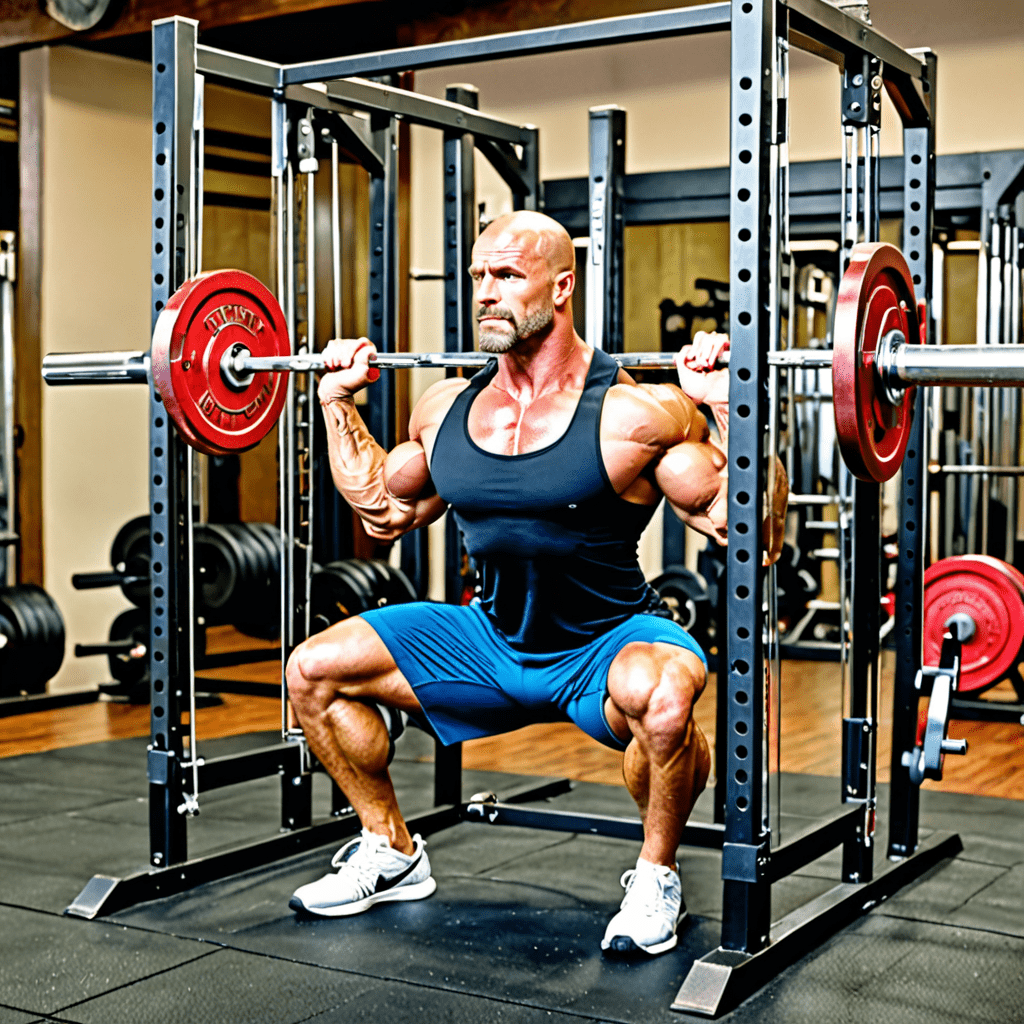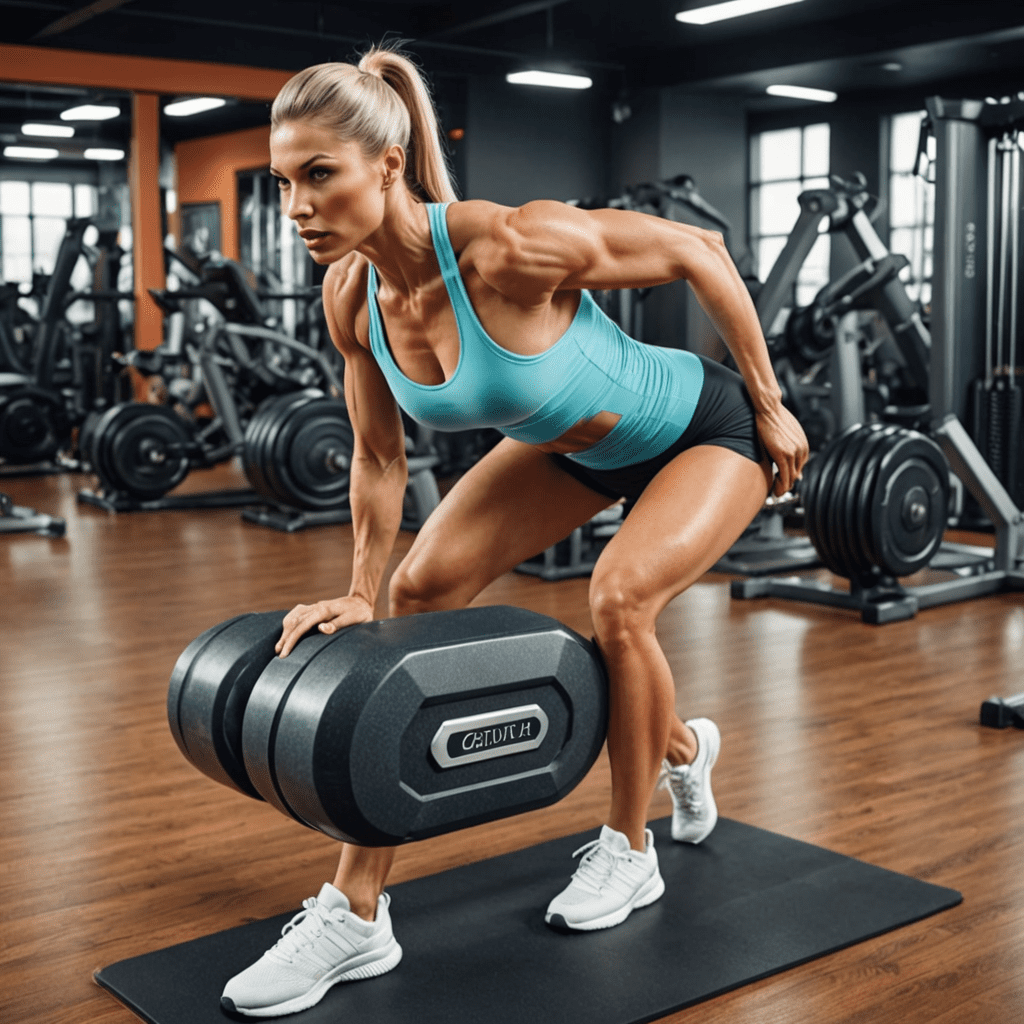
Squatting on the Angled Smith Machine: Finding the Ideal Position for an Effective Workout
When it comes to using the angled Smith machine for squats, finding the right positioning is crucial for a safe and effective workout. This versatile piece of equipment offers a unique range of motion that requires careful consideration of body alignment. Understanding the various ways to squat on the angled Smith machine can help you optimize your workout and minimize the risk of injury. In this article, we will explore the different squatting techniques on the angled Smith machine and provide insights on how to choose the ideal position for your fitness goals.
Understanding the Angled Smith Machine
The angled Smith machine is designed to allow users to perform various exercises, including squats, with added stability and support. Unlike traditional barbell squats, the angled Smith machine features a fixed barbell that moves along a vertical track. While this setup can offer stability and assist with balance, it also introduces unique considerations when determining the proper squatting technique.
Front-Facing Squats
One common approach to squatting on the angled Smith machine is to face the machine directly and position the barbell across the front of the shoulders. This technique emphasizes the quadriceps and can be beneficial for individuals looking to target the muscles in the front of the thighs. When performing front-facing squats on the angled Smith machine, it’s important to maintain an upright posture and ensure that the knees do not extend beyond the toes to prevent excessive strain on the knee joints.
Reverse Squats
Another popular technique involves facing away from the machine while positioning the barbell across the shoulders. This variation places greater emphasis on the glutes and hamstrings, making it an ideal choice for individuals aiming to target the muscles in the back of the thighs. When executing reverse squats on the angled Smith machine, it’s essential to maintain proper form by keeping the chest lifted and the core engaged to support the lower back.
Split Squats
For those looking to engage the stabilizing muscles and incorporate unilateral movements, split squats on the angled Smith machine can be an effective option. This technique involves positioning one foot in front of the other and lowering the body into a lunge-like position while holding the barbell. Split squats can help improve balance and coordination while targeting the quadriceps, hamstrings, and glutes on each leg individually.
FAQ: Common Questions About Squatting on the Angled Smith Machine
To provide further clarity on the topic, here are some common questions related to squatting on the angled Smith machine:
Q: Is it necessary to use a spotter when squatting on the angled Smith machine?
A: While the angled Smith machine offers added stability, having a spotter nearby can provide an extra layer of safety, especially when lifting heavy weights or attempting challenging variations of squats.
Q: How can I determine the appropriate weight to use for squats on the angled Smith machine?
A: It’s essential to start with a conservative amount of weight and gradually increase the load as you become more comfortable with the equipment. Focus on maintaining proper form and technique before progressing to heavier weights.
Q: Are there any variations of squats on the angled Smith machine that can help target different muscle groups?
A: Yes, incorporating pauses at different points in the range of motion, adjusting foot placement, and varying the speed of descent and ascent can all influence the specific muscles targeted during squats on the angled Smith machine.

